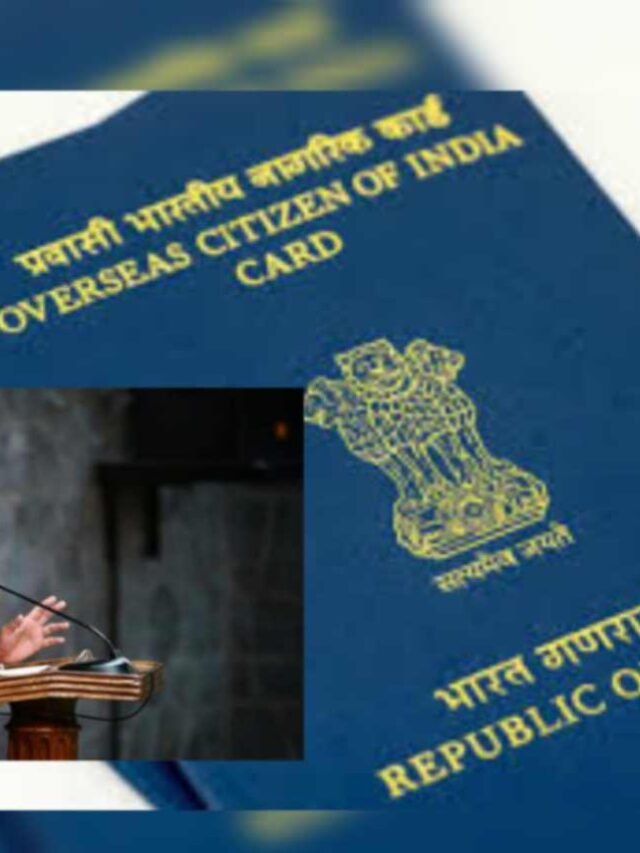India and the US are close to finalizing a major trade agreement, with negotiations entering the stage of preparing the legal text. This deal aims to reduce tariffs and boost bilateral trade.
Introduction
India and the United States are on the verge of finalizing a significant trade agreement, with reports indicating that both sides have made substantial progress in negotiations. The process has now moved into the stage of preparing the legal text, which formalizes the terms of the deal. This marks an important step in strengthening economic relations between the two nations.
Progress in Negotiations
Officials from both countries have stated that most major points of contention, including tariffs and market access, have been addressed. The focus is now on finalizing precise legal language to ensure clarity and mutual understanding. The fact that negotiations have reached this stage suggests that the two countries are very close to a comprehensive agreement.
Commerce and Industry Minister Piyush Goyal has emphasized that India will safeguard its national interests and will not rush into an agreement under pressure. He stated that trade deals must be carefully negotiated without deadlines or external compulsion, highlighting India’s cautious but strategic approach.
Key Components of the Trade Agreement
The proposed trade agreement is expected to bring significant benefits for both countries. One of the central aspects of the deal is the reduction of U.S. tariffs on Indian products, which currently can be as high as 50%. Preliminary discussions indicate that these tariffs could be reduced to around 15%-16%, opening up opportunities for Indian exports such as textiles, leather, gems, jewelry, and food products.
On the other side, India is expected to make adjustments in its imports, particularly by gradually reducing purchases of Russian crude oil, which addresses U.S. geopolitical concerns. Additionally, India may expand its imports of non-genetically modified U.S. agricultural products, including corn and soymeal, enhancing the bilateral agricultural trade relationship.
The deal is likely to include periodic reviews, allowing both countries to adapt to changes in global markets and maintain a balance in trade relations.
Strategic and Economic Implications
This trade agreement is part of a broader effort to enhance India-US economic cooperation. Both countries aim to increase their bilateral trade to $500 billion by 2030, a substantial rise from the current level of around $191 billion. Achieving this target would strengthen economic ties and create opportunities for businesses, boosting employment and growth in both nations.
Beyond economics, the agreement reflects a shared interest in maintaining a rules-based global trade system and addressing common challenges, including energy security, supply chain resilience, and technological cooperation. The deal could also improve diplomatic relations by fostering a stronger partnership between the two democracies.
Conclusion
As India and the United States enter the legal drafting phase of their trade agreement, the focus shifts to formalizing a mutually beneficial and sustainable deal. While much of the substantive negotiation has been completed, the exact wording of the agreement will be critical in ensuring that both nations’ interests are fully protected. Once finalized, this trade agreement is expected to enhance bilateral trade, strengthen strategic ties, and set a framework for long-term economic collaboration between India and the United States.
FAQs: India-US Trade Deal
What is the current status of the India-US trade deal?
Negotiations between India and the United States are reportedly very close to completion. The discussions have moved to the stage of preparing the legal text, which formalizes the terms of the agreement.
What are the key benefits for India in this trade deal?
The deal is expected to reduce U.S. tariffs on Indian goods from around 50% to 15%-16%, which will benefit sectors such as textiles, leather, gems, jewelry, and food products. It also opens up opportunities for increased exports to the U.S. market.
What concessions is India likely to make?
India may gradually reduce imports of Russian crude oil and expand imports of non-genetically modified U.S. agricultural products such as corn and soymeal. These measures aim to address U.S. concerns about energy security and trade balance.
How will this deal impact bilateral trade between India and the U.S.?
The agreement is expected to boost bilateral trade, with both countries aiming to reach $500 billion in trade by 2030, up from the current $191 billion. It will create business opportunities and strengthen economic ties.

























